Unfolding the Past: Louise Bourgeois’ Fabric
Louise Bourgeois was one of greatest figures in modern and contemporary art, world renowned for the incredible scope and ambition of her sculptural work. Much has been written about the uneasy psychological tension of her art, which explores memories and traumas from her troubled past, casting light into the darkest recesses of her mind. But perhaps less well written about is the close relationship Bourgeois had with fabric throughout her long and varied career, a connection that began early in childhood, and remained with her for life.
Bourgeois was born in 1911 in the wealthy area of St Germain in Paris. She was one of three children to parents who ran a gallery that sold antique tapestries, and their Parisian home was an apartment directly above the gallery space, meaning they all lived and breathed the family trade. On weekends, Bourgeois’ parents would travel out to their villa and workshop in the nearby countryside, where they would dedicate themselves to the restoration of antique tapestries. The young Bourgeois watched her mother in particular with fascination, observing her keen eye for detail and precision as she painstakingly repaired details by hand. When Bourgeois’ father began an affair with another woman while still living with them, the act of sewing became a way for Bourgeois to bond in a close, protective way with her mother.
Bourgeois was no bystander in the family trade – instead, it was expected that she would help out with mending tapestries through fine needlework and sometimes even redrawing areas of design to be fixed. This early experience with fabric is undoubtedly the foundation to Bourgeois’ career as an artist, as she, herself as explained: “Stylistically the background is always the extraordinary tapestries with which I grew up. I lived with them since I was born. It has to do with the stories. I am telling the same stories as the tapestries told, but with different means.” The artist’s mantra as an adult also pays tribute to the act of sewing: “I do, I undo, I redo.”
Bourgeois’ route into art was far from direct; she began a degree in mathematics at the Sorbonne in Paris, before dramatically changing course by switching to art at the age of 18. The death of Bourgeois’ mother was the catalyst for this turn, a cataclysmic life event that challenged how she saw herself and her place in the world. Bourgeois took art classes in various academies and ateliers across Paris, including studying under the great Cubist Fernand Leger. She later relocated to New York after marrying the art historian Robert Goldwater, and it was here in the United States that she would eventually make her name as an artist.
As her career advanced, Bourgeois increasingly began to associate the sewing practices of her childhood with her art practice. Sewing, she realised, could convey the human ability to mend and repair in many aspects of life, and Bourgeois often placed thread spools in her sculptural works as a symbol of this powerful trait. Moreover, sewing was also a way for Bourgeois to pay homage to her mother, whose incredible sewing skill she so greatly admired. She also found fabric was a potent carrier of powerful memories – when Bourgeois’ husband died in 1973, she created The Woven Drawings, recycling the clothing from her wedding trousseau. It was also a medium offering space for experimentation and transformation, as Bourgeois revealed in 1978, with A Fashion Show of Body Parts, in which she dressed models in items that were part clothing, part sculpture, featuring protruding ambiguous body parts.
From the 1990s Bourgeois brought fabric to the fore of her artistic practice. From the depths of her wardrobe, she unearthed clothing that she had accumulated over her lifetime, and began repurposing them as works of art. She wrote, “Clothing is… an exercise of memory… It makes me explore the past… how did I feel when I wore that…” It is worth noting that Bourgeois had an innate sense of style, playful and whimsical, involving fur, fisherman’s caps and pea coats, a blend of masculine and feminine that expressed the complexities of her character and her art.
Some of Bourgeois’ cloth sculptures were made by hanging old clothing in haunting installations, while others were stitched together into surreal, distorted bodies. Bourgeois also made a series of sewn heads, using flesh toned pieces of fabric which gave her work the softness of human skin. Like much of her art, these curious, disquieting forms take on a strange, uncanny quality that is impossible to ignore, breathing life into once discarded remnants of clothing. Past memory also pervades these sculptures, so loaded with the presence of human bodies. When popularity for Bourgeois’ fabric sculptures grew, she began working with the seamstress Mercedes Katz on an ever more ambitious range of work. From 2000 onwards Bourgeois began exploring fabric as a ground for printing onto, and she even sewed together fabric books with cut up pieces of coloured clothing. These sewn artworks have a tactile physicality that goes way beyond Bourgeois’ work on paper, demonstrating just how emotive, symbolic and visceral the fabric of our lives can be.





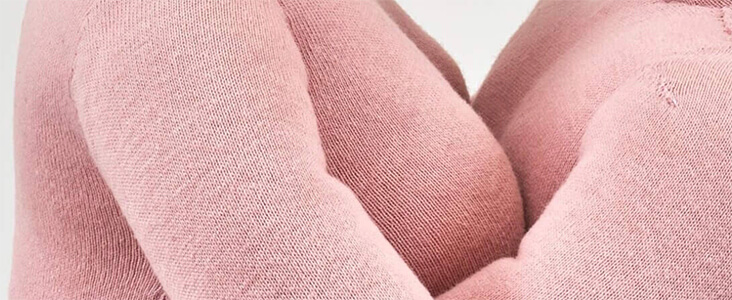
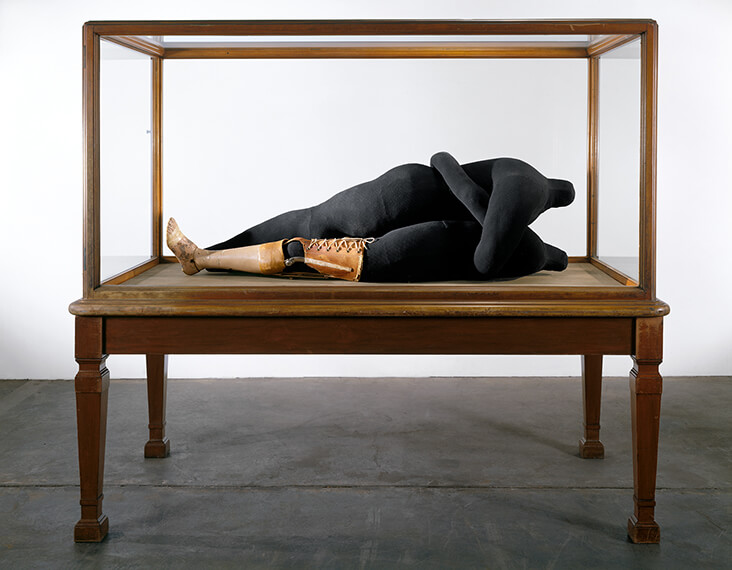
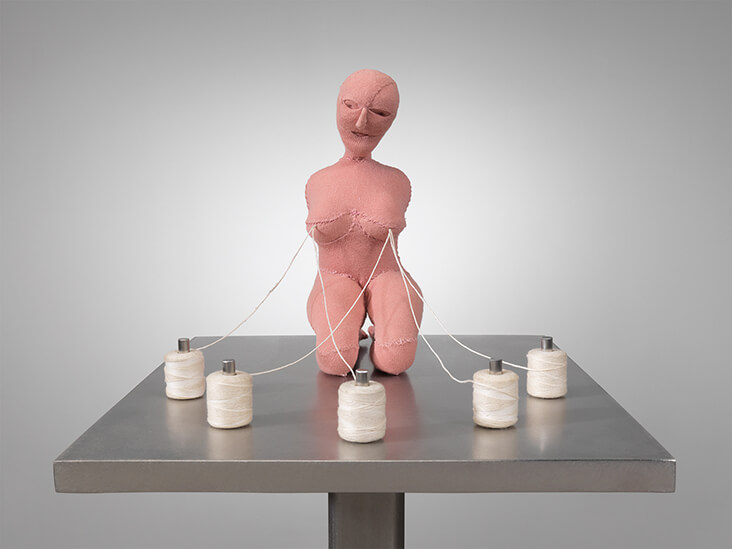
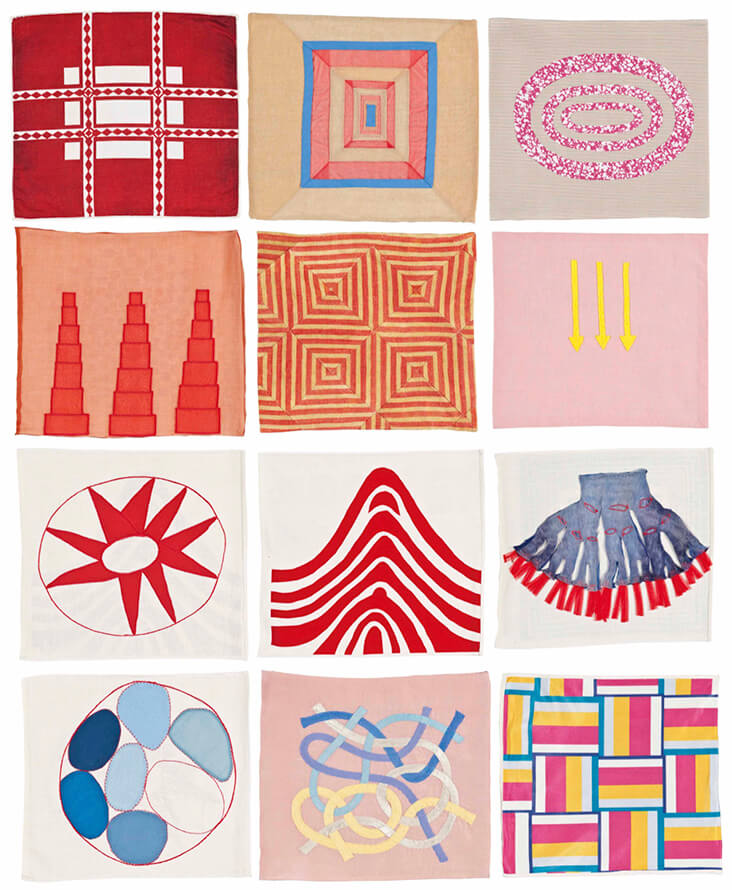
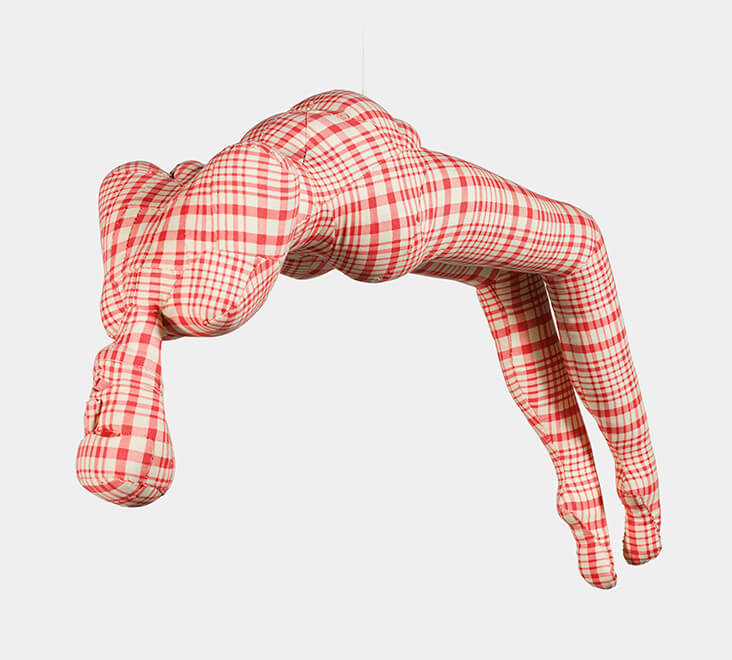
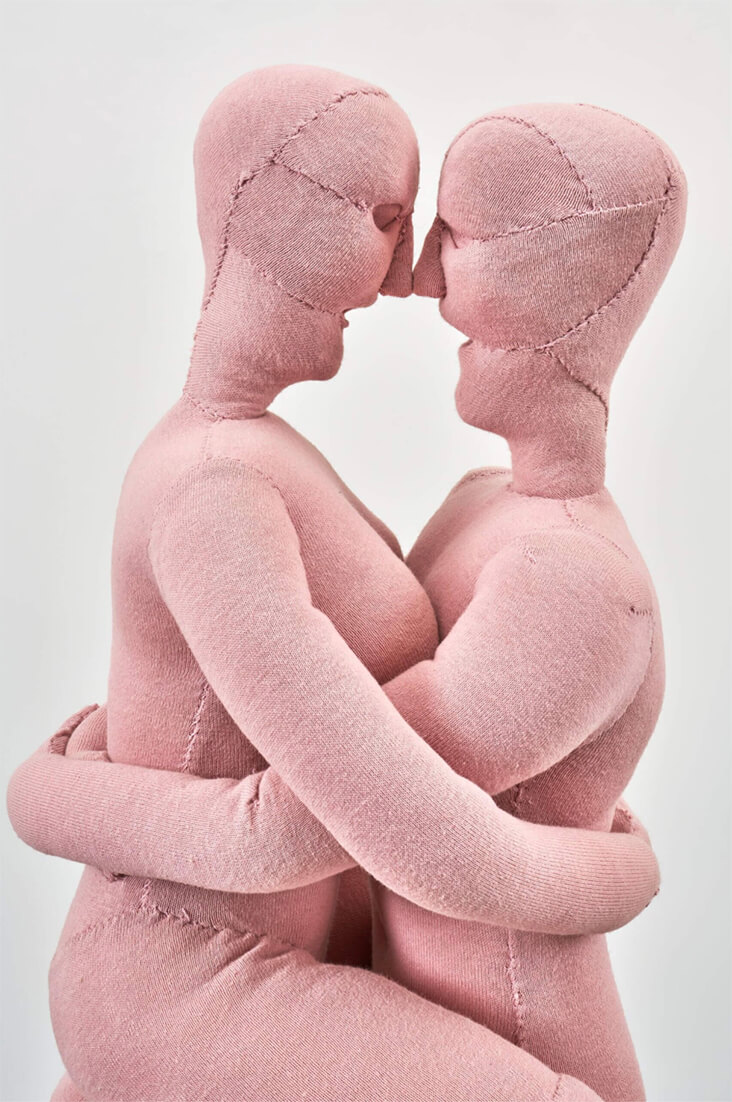
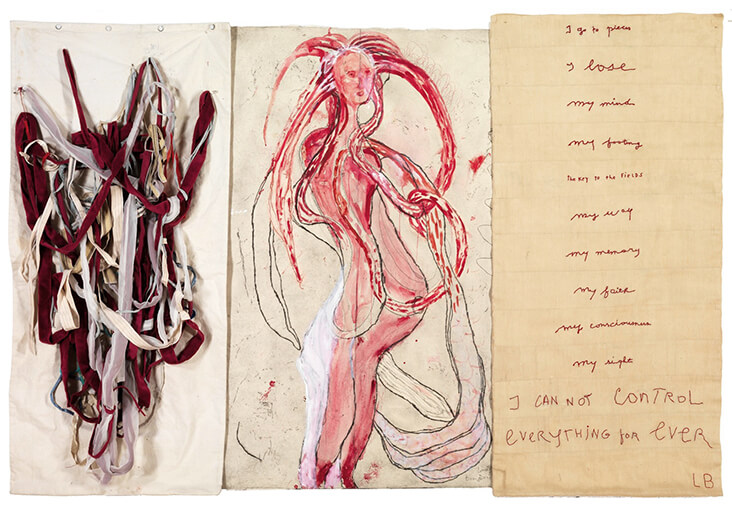

















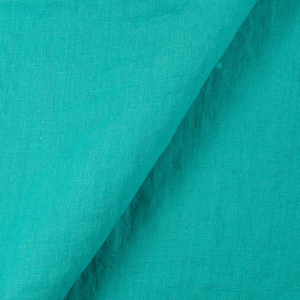






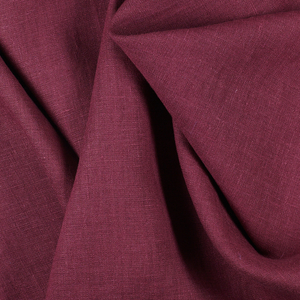
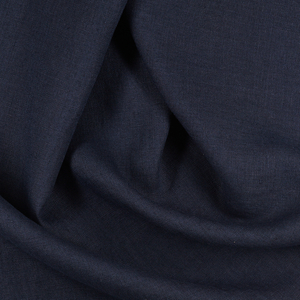



















10 Comments
Pingback:
Louise Bourgeois, “The Good Mother” (2003) | 3D DesignSusan Sullivan
Thank you. This is a great post – it’s important that women in the arts are recognized and elevated but I was disappointed to see that Louise’s name was misspelled in the headline making it appear as Louis, a man. (I served in the editorial department of a publishing company for most of my career making me hyper aware.)
Rosie Lesso
Thank you Susan! You are absolutely right – it should be all changed now.
Mary Hart
Thank you for this. I so enjoy learning of and being reminded of missed and forgotten artists and their work. Very much appreciated.
May
Janet Manahan
Thank you for your post letting people inside Louise’s art.! Louise Bourgeois is one of my favorite artists.
Rosie Lesso
Thank you!
Rosie Lesso
Thanks for the lovely feedback!
Corinne Skulmoski
Merry Christmas Rosie! I so enjoy your posts, you’re very good at this! All the best to you in the New Year too!
Corinne Skulmoski
Merry Christmas Rosie! I so enjoy your posts, you’re very good at this! All the best to you in the New Year too!
Rosie Lesso
Thank you Corinne – and a very Merry Christmas to you too!